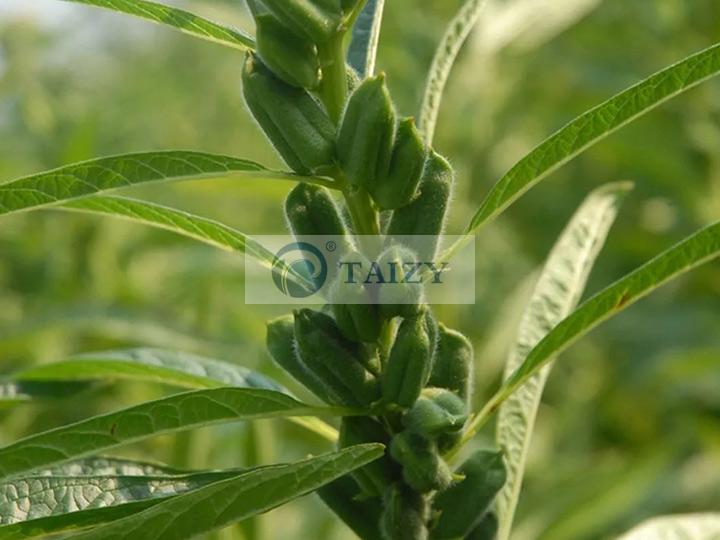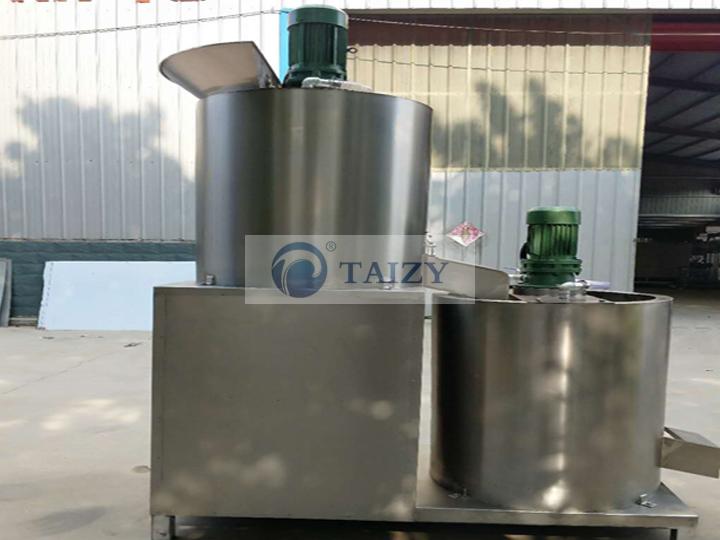Main Production Areas of Sesame
Nearly 55% of the world’s sesame production is in Africa, with Sudan taking the lead. Other African countries such as Ethiopia, Tanzania, Burkina Faso, Mali, and Nigeria are also considered to be the main sesame producers and exporters on the African continent. It has become the only region in the world where sesame production has increased and the fastest growing. The sesame cleaning and peeling machine broaden the scope of application of sesame in the food industry.

Reasons for Sesame Peeling
Peeled sesame is the name of the sesame after being processed and peeled. In addition to being used as the main raw material for the production of edible sesame oil, sesame is also peeled into sesame kernel, which is also widely used in food processing.
Dehulled sesame seeds are sesame seeds that have been peeled off their shells, and they are usually peeled and eaten in food processing. Because the unpeeled sesame seed coat or stratum corneum has a high content of fiber and oxalate, and the protein resources cannot be directly absorbed and utilized by humans. It will reduce the flavor and taste of food, so in the food processing process, in order to maintain the taste and flavor of sesame, sesame seeds are often peeled first.
The Application of Peeled Sesame
The sesame seeds in cakes and biscuits are all peeled sesame seeds. In view of the unique health and beauty effects of sesame, peeled sesame is widely used in the production of the bakery, food flavor additives, and cosmetics. The peeled sesame seeds are classified according to their origin, appearance, purity, moisture, and impurities.
Sesame seeds are versatile in their effectiveness, which contains 50-55% oil and 25% protein. Sesame is one of the seeds with the highest oil content. It has a strong nutty flavor and is a common ingredient in cooking all over the world.
Due to its antioxidants, sesame oil can maintain good quality. It can be stored even in many places in the world where there are no adequate refrigeration measures. The industrial uses of sesame oil include its utility in the manufacture of paints, soaps, cosmetics, perfumes, bath oils, pesticides, and medicines. In addition, sesame oil is being studied for its role as a cell growth regulator.
The Peeled Sesame Can Be Used to Produce Tahini
Tahini can not only help us improve the taste of food and increase appetite, but also can prevent premature whitening or shedding of middle-aged hair because it is rich in lecithin. It has a good effect on laxative bowel movements. It can help females increase skin elasticity and can help children develop teeth and bones.
Machine for Peeling Sesame
Sesame seed peeling machine is also called a Sesame cleaning and peeling machine. It uses the principle of spiral blade stirring to remove dust, sand, iron nails, and other impurities in sesame. It has the functions of automatic cleaning, automatic separation, and automatic peeling, so that the sesame is cleaned, non-pollution. The sesame peeling machine is simple to operate. It is a machine used in the sesame seed processing, sesame baking, and sesame oil industries.

